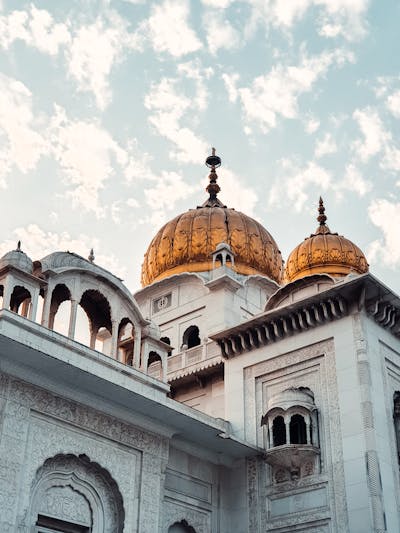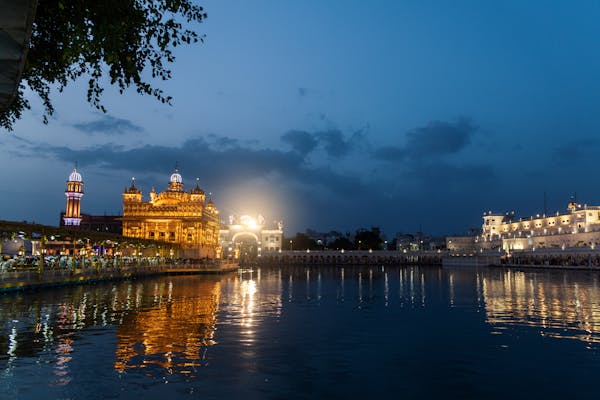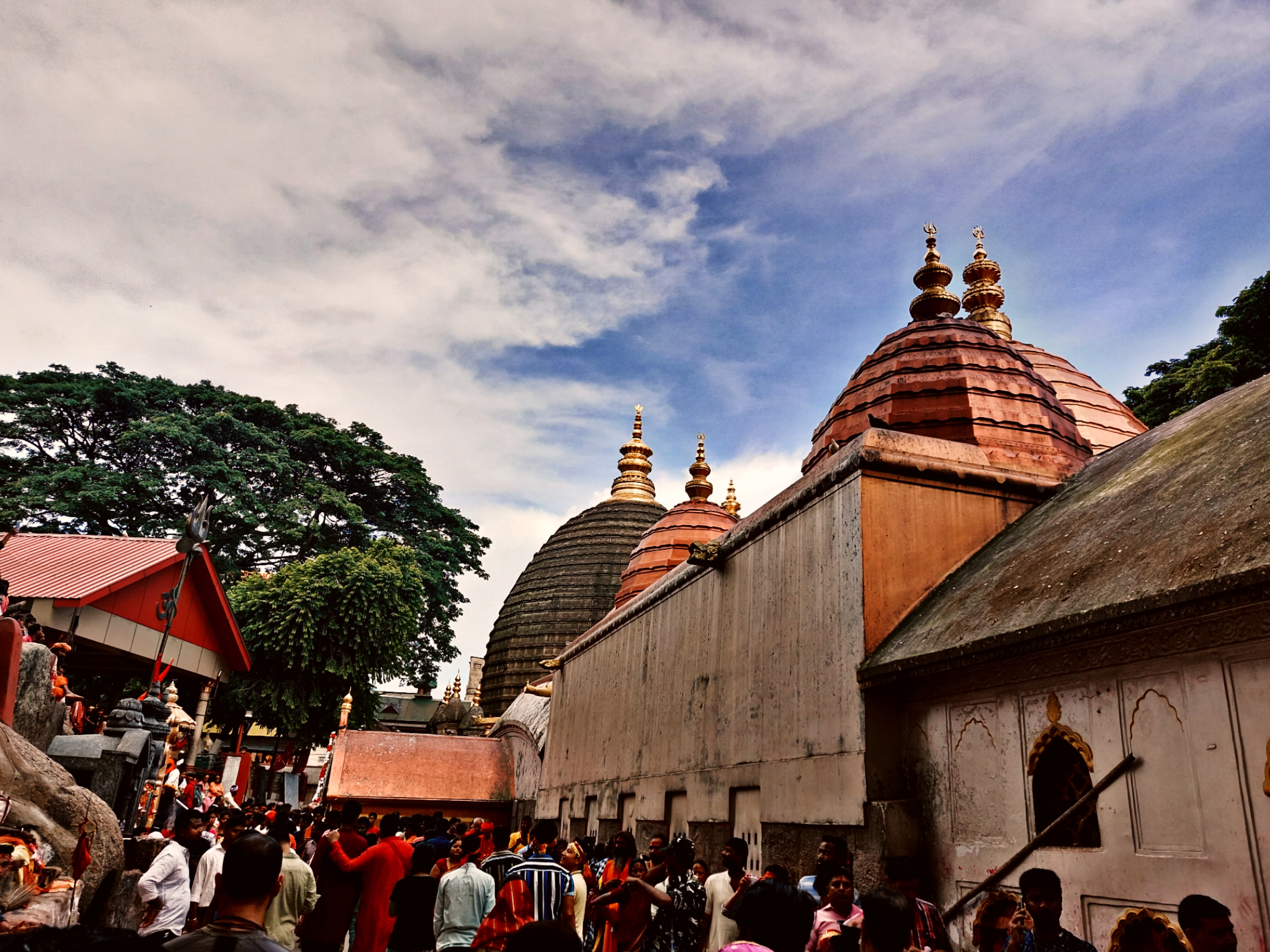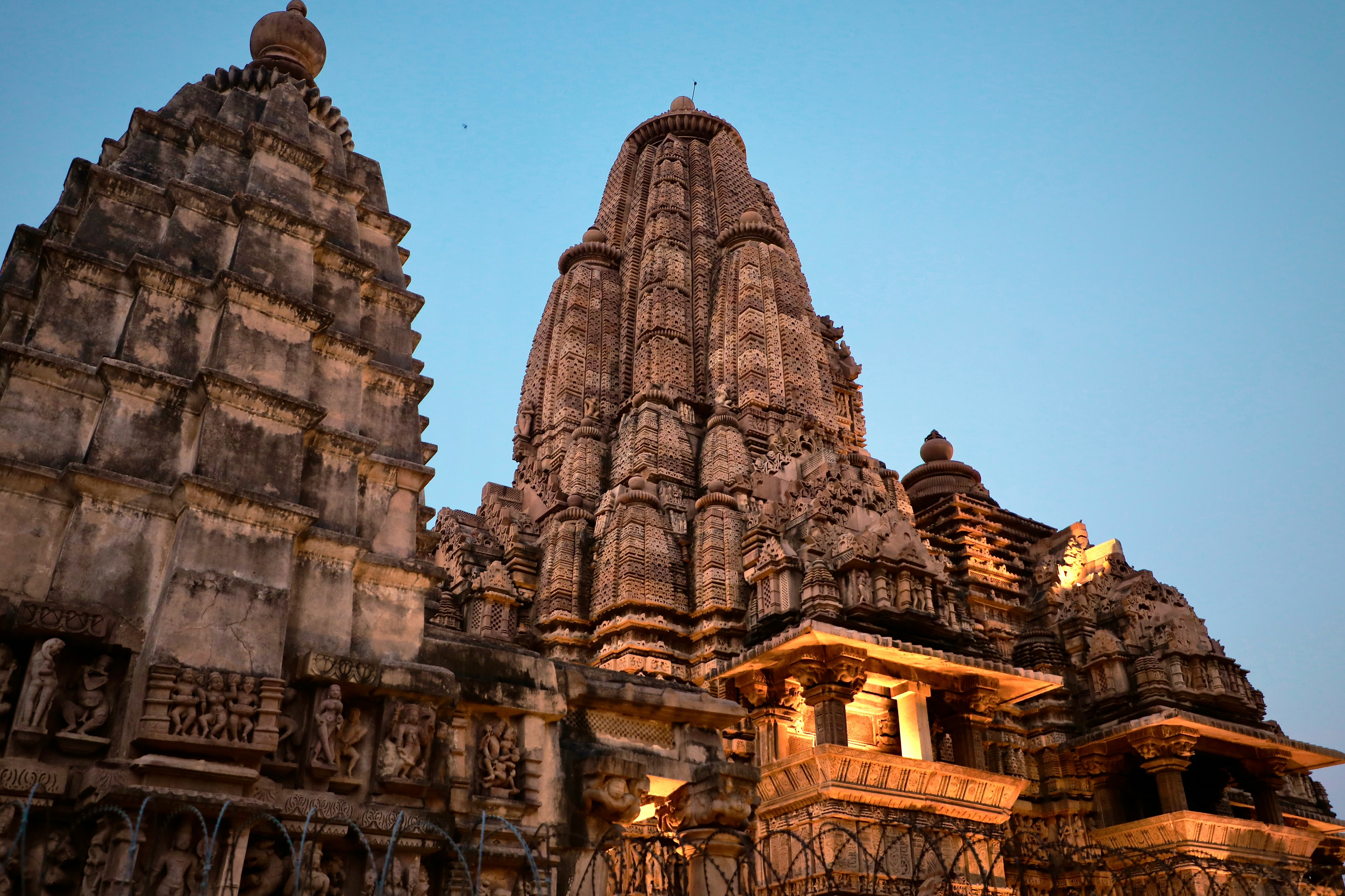Sikhism is one of the largest religions in the world. To truly grasp it, it’s essential to understand the Panj Takhts, the five holy seats of authority. Each of them is rooted deeply in Sikh culture, history, and values. This sacred pilgrimage underscores how the timeless principles of this religion shape the collective fabric of the Sikh community and its identity.
The Essence of Sikhism
Founded by Guru Nanak Dev Ji in the 15th century, Sikhism is centered around the ideals of equality, justice, and compassion for all. Through their lives and teachings, the Sikh Gurus emphasized living a righteous life that serves both self and society. Sikhism champions a collective spirit - where no one is higher or lower than the other, regardless of caste, color, or creed.
The essence of Sikhism can be understood better through its three key pillars, first introduced by Guru Nanak Dev Ji. The Panj Takhts encourage following these pillars to live a spiritually prosperous life. They are as follows:
-
Vaṇḍ Chakkō: Having a spirit of giving, sharing, and caring. It also includes helping those in need and participating in the community.
-
Kirat Karō: Living a life of honesty and truthfulness, without exploiting or harming others for personal gain.
-
Naam Japna: Meditating on the Almighty’s name and living a humble life.
Understanding Sikh Values through the Panj Takhts
Akal Takht Sahib, Amritsar - The Throne of the Timeless One
The Akal Takht is the oldest of all the five Takhts (thrones). It derives its name from the word ‘Akal’ which translates to ‘eternal’. Established by Guru Hargobind Sahib, the sixth Guru of the Sikhs, the Akal Takht symbolizes the sovereignty and justice of the Sikh community. It was created to serve as the temporal seat of Sikh authority, right adjacent to the Harmandir Sahib.
The Akal Takht teaches Sikhs the importance of balance - combining spiritual growth with worldly responsibilities. It reminds them that their spirituality is not separate from their everyday lives but rather intertwined with justice, fairness, and the courage to stand up for equality.
Sri Damdama Sahib, Bathinda - The Seat of Learning
Located in Talwandi Sabo, Bathinda, the holy site is also known as the ‘seat of learning’. It is here that Guru Gobind Singh Ji, the tenth Sikh Guru, rested and compiled the final version of the Guru Granth Sahib, the holy scripture of the Sikhs.
Damdama Sahib is a place for reflection, encouraging Sikhs to seek inner peace. Visiting this Takht offers devotees the chance to meditate and deepen their understanding of Sikh philosophy.

Sri Kesgarh Sahib, Anandpur Sahib - The Birthplace of the Khalsa
This is one of the most revered places in Sikhism, as it marks the birthplace of the Khalsa, the collective body of initiated Sikhs. It was here that Guru Gobind Singh Ji initiated the first five Sikhs, known as the Panj Pyare (the five beloved ones), into the order of the Khalsa. This event was significant in establishing the principles of courage, equality, and service that Sikhs uphold to this day.
A visit to this place also allows devotees to witness the Hola Mohalla Festival. It is a celebration of the Sikh martial arts, traditions, and their community spirit. This Takht reinforces the importance of unity, courage, and living fearlessly in line with Sikh values.
Takht Sri Patna Sahib, Bihar - The Birthplace of the Tenth Guru
Situated outside Punjab, it is where Guru Gobind Singh Ji, the tenth Sikh Guru was born. Takht Sri Patna Sahib offers a blend of history, architecture, and spirituality. The Takht is a reminder that Sikh philosophies also transcend regional boundaries.
While Punjab remains the heart of Sikhism, Takht Sri Patna Sahib serves as a symbol of the widespread devotion to Sikh principles. By visiting this site, Sikhs are reminded of the Guru's teachings of inclusivity, underscoring that spirituality remains unbounded.
Takht Sri Hazur Sahib, Nanded - The Final Resting Place of Guru Gobind Singh Ji
The final stop of the Panj Takhts also lies outside Punjab, in the state of Maharashtra. The site is considered holy as it is where Guru Gobind Singh Ji ended his final days and declared that the Guru Granth Sahib is the eternal ‘Guru’ (master). The Gurudwara boasts breathtaking architecture and an ambiance that motivates devotees to reflect on the teachings of the Sikh Gurus.
As the Guru Granth Sahib is recited in Hazur Sahib, visitors are reminded of carrying forward the spiritual legacy of the Sikh Gurus.
Summing Up
Embarking on the Panj Takht pilgrimage teaches devotees to be resilient, courageous, righteous, humble, and united in devotion. It also serves as a reminder to integrate these values into daily life, nurturing a sense of purpose and community.
If you’re planning to visit the Panj Takhts, feel free to contact Svagata for all your travel needs. Whether you're a spiritual seeker or a traveler eager to understand Sikhism, there’s something for everyone!
FAQs
What Are 3 Beliefs In Sikhism?
The three beliefs or principles of Sikhism are: truthful living, helping out others, and devotion to God.
What Are The 5 Biggest Sins In Sikhism?
The 5 biggest sins in Sikhism are kaam (lust), krodh (wrath), lobh (greed), moh (attachment) and ahankar (ego or excessive pride).
What Can We Learn From Sikhism?
Here are the things that we can learn from Sikhism:
-
Protect those who come to your refuge
-
Help those in need
-
Hold onto courage and resilience
-
God resides in everyone




